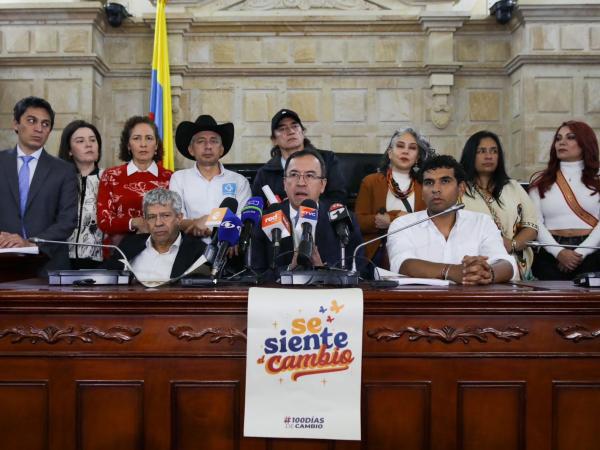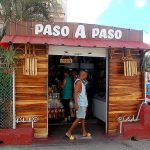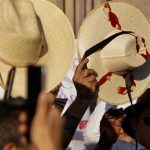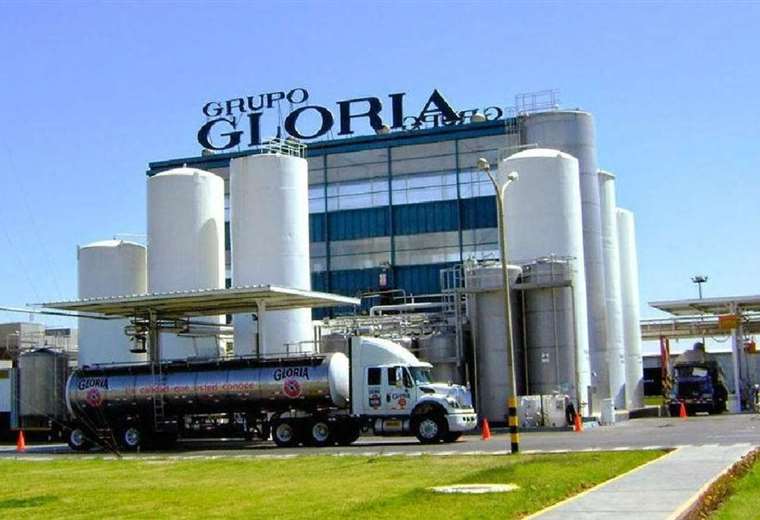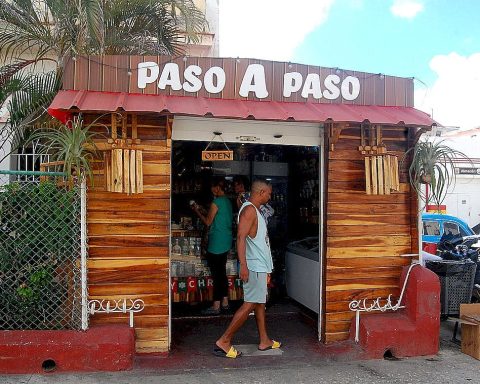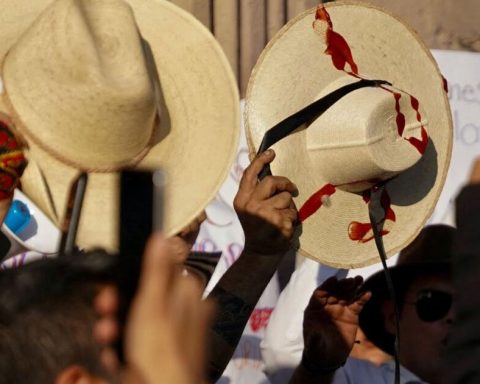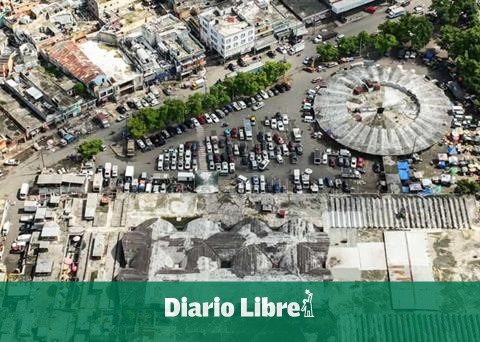Last week the document was presented with the bases of what will be the National Development Plan (PND) 2022-2026, and some of the government’s goals for these four years were determined in a preliminary way. Of 28 indicators outlined in the 237-page document, 16 have already defined a clear objective and 12 are still pending.
(Government presented the bases of the National Development Plan 2022-2026).
Among those defined is the percentage of people in a situation of multidimensional poverty, who it is expected to reduce from 16% to a range between 9.5% and 11.5%or extreme monetary poverty, which starts from a baseline of 12.2% and sets a goal for the four-year period between 6.1% and 10.4%.
“Regarding indicators, we didn’t even put a value on some of them, because we don’t know if that is the criterion. We want to propose around 20, because we want them to be understandable, simple, despite the fact that there is a lot of statistical work behind it, we want everyone to understand”, explained the director of National Planning, Jorge Iván González. The official defended that not all indicators need a goal, but to start moving forward. He has also clarified that the bases are a draft and that the plan is still under construction.
(Regions will contribute 15% of the resources of the Development Plan).
Other objectives that have been set by the Government for 2026 include that the percentage of employed people contributing to pensions goes from 41.6% to 45%. In addition, to increase the agricultural production of prioritized chains from 70.64 million tons to 83.6 million, or to go from 54,950 km to 87,950 km of intervened tertiary roads, either improved or built.
It is also expected by 2026 that the mortality rate due to malnutrition in children under 5 years of age will go from 6.75 per 100,000 children to 5 per 100,000. Also, that gross coverage in higher education rises from 53.9% to 60% or 62% and that the housing deficit be reduced from 31% to 26%.
On the other hand, among the objectives that are already expressed in the plan, but for which there is still no specific goal, are formalized titles that grant access to land, which currently number 43,358. Also, the geographic area with reduced land use conflicts and the percentage of areas with updated cadastre.
In addition, among the proposed indicators, but pending the definition of a specific goal, there are issues such as the containment of deforestation, the participation percentage of renewable energy production, the goal of hectares of restoration, recovery and rehabilitation of degraded ecosystems and the rate of non-traditional export opening.
(Development plan and strategy).
Carlos Alberto Garzón, general secretary of the Human Development and Capability Association and professor at the University of La Sabana, assured that the bases of the National Development Plan place social inclusion at the center of the discourse and actions of the Government, but that these cease to be On the other hand, there are key aspects of development, which are the industrialization processes, and there is also no value proposition for the inclusion of the country in global value chains.
“The risk in this sense consists of going from words to deeds. By having few indicators, it is easier to follow the plan, but we run the risk of not being able to turn the initiatives into actions. I consider that it is a plan with good intentions, like all PNDs, with few tools to achieve them. It does not connect, it does not integrate and it does not act”Garzon said.
Laura Lucia Becerra Elejalde
